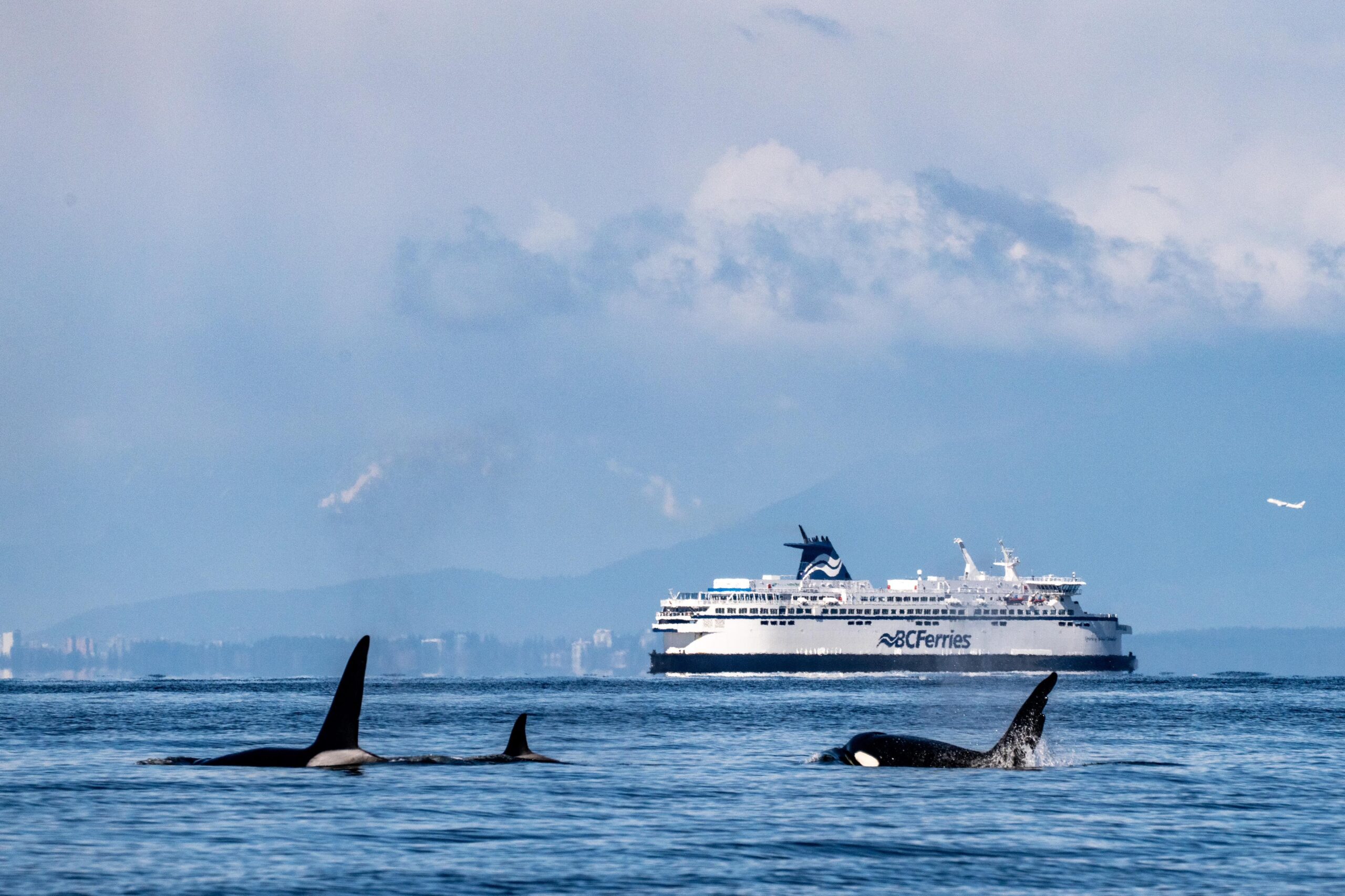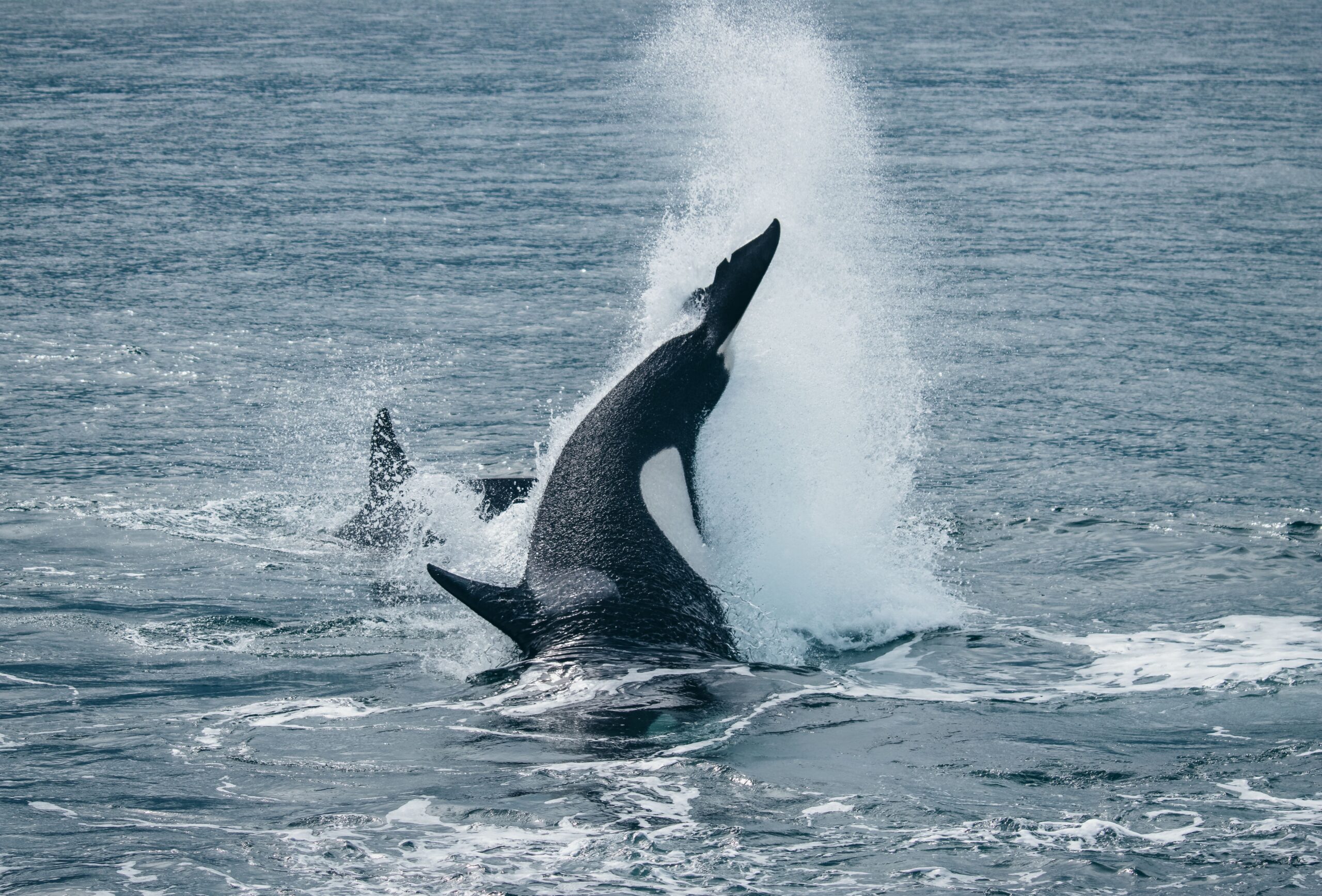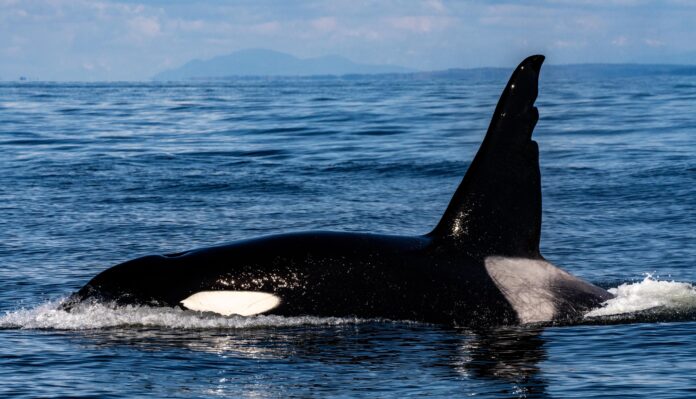One very special Bigg’s killer whale has made his triumphant return to the Salish Sea this week.
On Thursday, April 6th, the Pacific Whale Watch Association (PWWA) announced that spring must have sprung, because T063, otherwise known as ‘Chainsaw’, was seen in his spring and summer stomping grounds.
“A Chainsaw sighting is a telltale sign of spring,” says Erin Gless, Executive Director of the PWWA. “He makes an appearance at roughly the same time each year. He’s a local celebrity.”
He is named Chainsaw because of the distinct notches in his dorsal fin that quickly set him apart from other Bigg’s killer whales.
He was spotted in the Boundary Pass near the Canadian Gulf Islands by Mark Malleson, a local whale researcher and captain for Prince of Whales Whale Watching.
Malleson said he was travelling with a pod which he thinks includes Chainsaw’s mother, T065 also known as ‘Whidbey’ and another family of orcas, the T049As led by matriarch ‘Nan’, which is short for Nanaimo.
The pod took their time traversing the waters near the US/Canada border and gave onlookers a thrilling sight as they travelled.
“I finally met the man, the myth, the legend,” said Lauren Tschirhart, marine naturalist for San Juan Safaris.
“I’ve known about Chainsaw for years, but always missed out on seeing him. Today was my day. We made sure our guests understood how special this encounter was.”

Chainsaw was born in 1978, making him 45-years-old. He is now considered to be one of the oldest living males in the Bigg’s population.
He is a whale of many names — when he is not swimming and feeding in the Salish Sea, he often heads northbound to the southeastern coast of Alaska where he is known as ‘Zorro’.
He usually only hangs around the Salish Sea for a few weeks at a time every year in the early spring before he moves on.
According to the PWWA, there are around 400 Bigg’s killer whales in the waters surrounding BC and Washington.
Bigg’s whales feed on seals, sea lions and other smaller sea mammals which they hunt together in groups. Surprisingly, they don’t often use their large teeth in their hunts. They often use their bodies to slam their prey and their powerful tails to launch their prey into the air.
The endangered Southern Resident killer whales eat mostly salmon and are far more camera shy than their Bigg’s counterparts.




